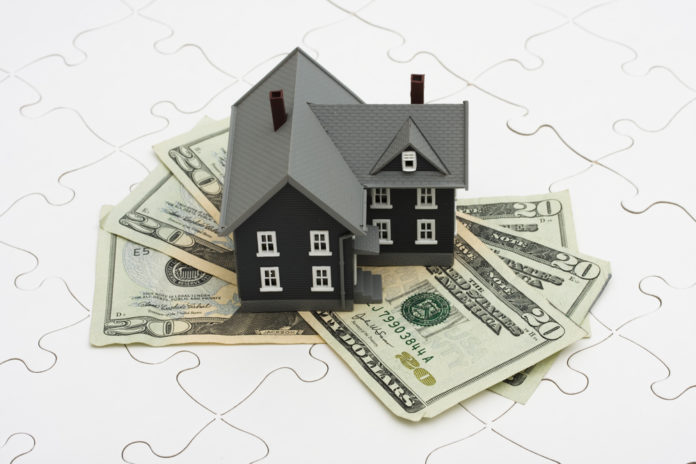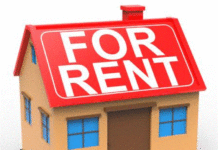You may have heard the phrase HELOC when it comes to loans. A HELOC stands for Home Equity Line Of Credit. Its a specific type of (usually) second position mortgage. HELOC’s are given based on the equity in an home, usually a primary residence.
If you’re unfamiliar with the term equity, its a term used to describe the difference in what a home is worth vs what is owed on the mortgage. The more equity in a home, the more money left over when it’s sold and the mortgage is paid off. Want to gain access to your equity but don’t want to sell your home? A HELOC may be right for you.
HELOC’s come in many forms, but typically have a period of time the homeowner is allowed to use the money. This is referred to as a “draw” period and is typically 10 years long. During this period, the homeowner can use whatever percentage of their home’s equity the bank has agreed to. The homeowner will pay the bank an interest rate for the right to use the money. This interest rate is usually lower than normal due to the fact the bank can take the home if it’s not repaid. This means the loan is “secured” by the house. Secured debt is always cheaper than unsecured debt (like credit cards) because there is less risk to the lender. Many HELOC’s have interest only payments, while others are paid back at an amortized (principal and interest combined) payments. Each bank offers different plans so you can find one that works for you.
At the end of the draw period, some HELOC’s require any money still owed to be repaid in full. Other HELOC’s take any money still owed and convert it into an amortized loan. When choosing a HELOC it is much safer to choose a loan that allows the loan to be repaid through an amortized loan than as a balloon payment.
HELOC’s are a great investment tool and offer investors large degrees of flexibility in many situations. Traditionally, HELOC’s have been used for foolish financial decisions. Many homeowners took advantage of the super low interest rates and equity in their house to take out loans to purchase new boats, SUV’s, motor homes, expensive vacations, or unwise home upgrades. While a HELOC can feel like “free money”, it’s important to realize it’s not. You still have to pay it back, and there is still interest owed on the amount borrowed. When the 10 year draw period on most HELOC’s drawn between 2002-2005 became due, many people unfortunately lost their house as they could not afford the new payments or could not repay the balloon payment.
However, this doesn’t have to be you! The problem was never the HELOC, the problem was what it was used for. If a HELOC is used to purchase cash flowing assets, you can use the cash flow to pay back the HELOC for you. If the HELOC is used to fund a flip (for you or another investor you’ve partnered with) it can save you a ton of money you would normally have to pay a private lender massive interest for. When the flip sells, the HELOC is repaid, and you keep the difference! If you’re looking to begin investing, but don’t have the cash to start, a HELOC can be a huge help for you if you have equity in your home.
A less profitable but still productive way of using a HELOC is to take out money at a lower interest rate and use it to pay back debt owed at a higher interest rate. If you’re paying back credit card debt at an 18% rate, and can pay it off with a HELOC against your home at 4%, it’s a no brainer to do so. If you can stay disciplined to make the same payment towards your HELOC that you were towards the credit card debt, you can pay it off much faster than you would have and save yourself tons of money in the end.
A few things to consider if you’re thinking about taking out a HELOC to keep yourself from being caught off guard:
- Most HELOC’s have fluctuating interest rates that track the market rate. Interest rates are pretty low now and that makes the payment much smaller than usual. However there is no way to know that rates won’t rise later. If they do, so would your payment.
- Most HELOC payments (but not all) are interest only payments. This means you are not paying the loan balance down with each payment. Remember that you will have to pay this money back, it’s not a gift.
- If you are unable to make the payment, the bank can take your house and sell it to get their money back. If you are in a situation where you may not be able to repay the money you borrow, or cannot lose your house, you may want to reconsider this strategy.
While there are a few things to be aware of when taking advantage of a HELOC, the benefits far outweigh the risk when used wisely. The possibilities are truly endless. REIT’s, note funds, crowd funding deals, flips, rentals, mortgage notes, there are tons of different ways to earn money using HELOC. If you can find a way to earn interest at a rate that is higher than you’re borrowing the money, tapping into your home’s equity can be a great way to get started investing!
Have any favorite methods for using a HELOC I didn’t mention? Feel free to share your favorite strategies or success stories in the comments below.













